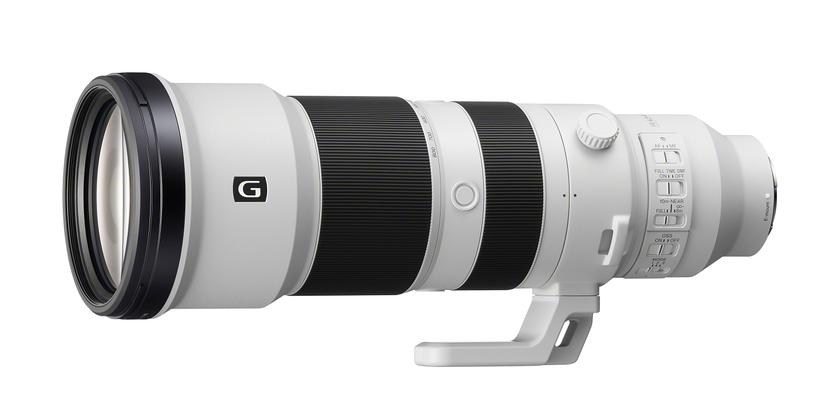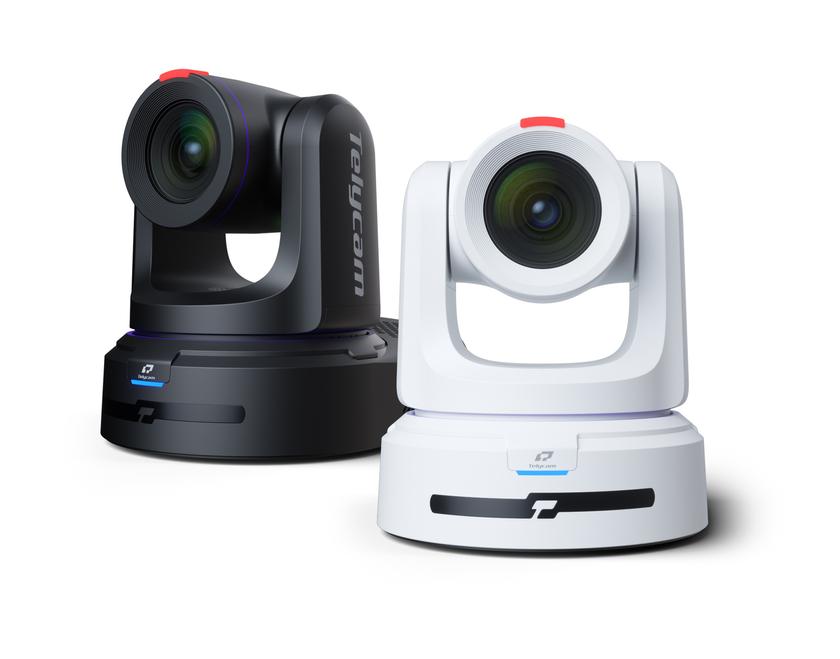TSL’s Pam PiCo Touch Monitor
As I started this review, I reflected back on the times I worked overnight at our transmitter site some 25 miles from the studio, each and every Thursday night. A couple of times a year, we would perform “Proof of Performance” tests on the audio chain. What a convoluted process that was—it was labor intensive and took almost all night.
Fortunately, in today’s broadcast environment, there are no audio issues or FCC guidelines to follow. (Yeah, right— actually there is a little thing called the CALM Act, and it seems like every sound mixer in Hollywood is shooting for an Emmy on “Dynamic Range Effect.” Thank goodness for modern toolsets and embedded audio!
One of those modern toolsets is a slicklooking product for audio evaluation, monitoring, and compliance logging, the TSL PAM PiCo Touch, manufactured by U.K.- based TSL. Recently I was given the opportunity to put a PAM PiCo Touch through its paces and here are my findings.

TSL Pam PiCo Touch MonitorFEATURES
The PiCo Touch measures about 7.25-by-5.25-by-1-inch and weighs about 28 ounces. For its size, the unit feels quite stout. There are no physical knobs or buttons on the device as it’s multitouch screenoperated. There is a power port on the left side of the unit and a headphone jack on the right. It’s powered by an ACto- 15 VDC inline adapter, and can accept power either via the side power port or a DB-15 multipin pigtail. The rear of the unit contains the majority of the connections to the user’s environment, including HDMI out, Ethernet, DB-15 (as mentioned, there’s a supplied pigtail for power, USB connectivity, headphones out, and an analog- balanced audio input). There’s also provision for AES-unbalanced in/loop out as well as for a 3G/SDI input and loop out. The rear of the unit has mounting provisions for several types of stand mounts. (I should note that included with the review was a Ram GPS Auto-type mount, model RAP-B-138U.)
When you’re monitoring audio, you can select from bargraphs or a moving coil display, and for interchannel phase displays there are JellyFish and StarFish displays available.
The unit measure does audio measurements in accord with most loudness standards and can document, log, report and analyze that information. Other features include a real-time true peak PPM display, SDI 3G I/O, selectable on-screen movable video monitor display, AES/EBU digital audio capability (eight channels of I/O) and two channels of analog audio. There’s also a user-definable setup and presets feature, as well as an HDMI screen and 1024 x 600 audio output display and more.
IN USE
Setup was pretty easy for the PiCo Touch, although there was really no good way to place the unit on a console without first attaching the provided Ram mounting system. I ended up screwing the base of the Ram mount to a piece of cabinetry, and then attached the mount to the back of the Pico. This mount turned out to be a perfect solution.
Next, I applied power and an HD-SDI connection to the unit (the feed contained embedded audio from NBC). After a few seconds of booting up, the screen came alive.
The PiCo touchscreen is divided into sections: the far left has sort of a single bargraph running vertically (actually it’s a “target” or “goal” indicator). The next larger section (from left to right) is what I would call the “phase” indicator, as this is where you can view audio channel phase relationships (with the Starfish, Jellyfish, and other displays). Just to the right of that, there’s another large sector that displays all selected channels in a bargraph fashion. The top right reveals a user-definable measurement window, with selections for as many as four lines (easily editable). Below that, and along the bottom, are the “menu keys,” which can change depending on what menu you’re using.
For my testing, I relied mostly on the embedded audio mode. Poking around a few seconds led me to the preset menu where I was able to find a preset that exactly suited my requirement: “All Embed.” Other choices included: Analog, 5.1 Embed, 5.1 AES, 5.1 LF AE, BBC 1 AES, and BBC2 AES.
When I selected “All Embed,” the unit came alive! I was able to see phase relationships, levels, and LR +C on the “NBC Nightly News” broadcast, along with SAP information.
Next, I tried touching the “Picture” button, which revealed a nice video window. When I touched this window, I found that I could drag it around the screen to wherever I wanted. This is really a nice feature for source confidence, although I could really never find a spot that suited me, as I wanted to view all of the audio parameters at once. However, it is nice to know it’s there.
For about two weeks, I let the unit “cook” in my tech core, with my staff using it from time to time. During the entire period, the power supply stayed cool to the touch. I used the Jellyfish and Starfish displays, as well as the traditional Moving Coil display. Selecting the logging screen was as easy as a button touch. However, this is where remote connectivity to a PC would be handy—for compliance verification— so that was my next move.
For PC connection, the options are USB and Ethernet. There were three software links provided with the unit: PAM PiCo Software Utility, including drivers and development tools; PAM PiCo Matrix Utility, which allows network management of the instrument; and PAM PiCo Logging, which allows extraction and management of measurement data.
Feeling a bit lazy, I opted for the USB connection. I downloaded the software utility and unzipped the files. After a few minutes, I was able to install the drivers without any assistance. For logging, I downloaded the PAM PiCo Logging software. Opening the application was pretty straightforward, and connecting the “instrument” was no big trick. In about 10 minutes, I was logging directly into my PC without referring to any help guides (there were some helpful prompts that appear on the install screens, however).
SUMMARY
I ran the PiCo Touch for about a month without any issues and was very pleased with its performance and the amount of useful information it provided.
Don’t be distracted by the small size of this unit: for a compact instrument, it’s very powerful.
Joey Gill is chief engineer at WPSD-TV in Paducah, Ky. and has been with the station for 30 years. He has worked in television since 1977. He may be contacted atrespond2jgill@yahoo.com.
FAST FACTS
APPLICATION
Audio and loudness metering/logging
KEY FEATURES
Compact size, video monitoring capability, complete range of metering and logging, remote access capability
PRICE
MSRP as tested, $4,697
CONTACT
TSL Products
www.tslproducts.com
Get the TV Tech Newsletter
The professional video industry's #1 source for news, trends and product and tech information. Sign up below.













